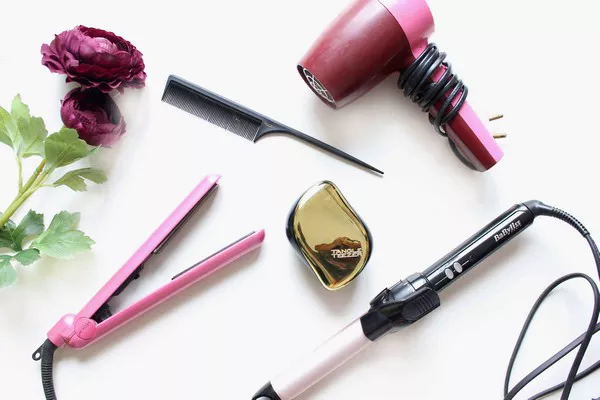Embarking on a do-it-yourself (DIY) haircut adventure may seem intimidating, but with the right guidance and a bit of courage, you can achieve a salon-worthy result from the comfort of your home. In this step-by-step guide, we’ll walk you through the process of cutting your own hair, covering everything from preparation to execution.
I. Preparation is Key
Before diving into the cutting process, it’s crucial to prepare both your hair and the tools you’ll be using. Start by washing and conditioning your hair to ensure it’s clean and manageable. Use a wide-tooth comb to detangle your hair thoroughly, removing any knots or snags. Additionally, gather the necessary tools: sharp scissors, hair clips, a comb, and possibly a handheld mirror to help with the back sections.
II. Sectioning Your Hair
Divide your hair into manageable sections to facilitate an organized and controlled cutting process. Use hair clips to secure the top sections, leaving the bottom layer loose for the initial trimming. Begin by parting your hair down the middle, then create additional sections horizontally, working from the back to the front. This step helps you focus on one section at a time, ensuring an even and well-balanced haircut.
III. Trimming the Ends
Start with the bottom section of your hair and decide on the desired length for your trim. Hold a small section of hair between your fingers and, using the comb as a guide, trim the ends with sharp scissors. Work in small increments, avoiding large cuts to prevent uneven results. Continue this process throughout the bottom layer, periodically checking the length to maintain consistency.
IV. Gradual Layering for Volume
If you desire layers or volume, consider a gradual layering technique. For this, take small sections of the top layer, elevate them at a slight angle, and cut the ends. This method adds dimension and movement to your hair. Remember, the key to layering is subtlety, so start with minimal length and gradually increase it as needed.
V. Addressing the Front Sections
When you reach the front sections, approach them with extra caution. These areas are more noticeable, so precision is crucial. For face-framing layers, gently pull the hair forward and cut at a slight angle to create a soft, flattering frame around your face. Again, work in small increments and regularly check for symmetry.
VI. Checking for Balance
After completing the cut, it’s time to assess the overall balance and symmetry of your hair. Release the top sections and blend them with the trimmed bottom layer, ensuring a seamless transition between the lengths. Comb through your hair and make any additional adjustments to achieve the desired shape.
VII. FAQs About DIY Haircuts
Q1: Can I cut my hair if it’s curly or textured?
A1: Cutting curly or textured hair requires additional consideration. Ensure your hair is in its natural state, and cut each curl individually to maintain the desired shape. Consider seeking professional advice for complex textures.
Q2: How do I create bangs at home?
A2: Bangs can be created by sectioning off the front portion of your hair and cutting the desired length. Start longer than your desired length, as you can always trim more. Cut at a slight angle for a softer look.
Q3: What if I make a mistake during the DIY haircut?
A3: Mistakes happen, and it’s okay. If you make a mistake, don’t panic. Consider adjusting the rest of your hair to match the mistake or seek professional help to fix any major issues.
Q4: Is it necessary to invest in professional scissors for a DIY haircut?
A4: While professional scissors are ideal, sharp and clean household scissors can work if they are dedicated to your hair-cutting routine. Regularly clean and sharpen them for the best results.
Q5: Can I cut my hair when it’s wet or dry?
A5: It’s generally recommended to cut hair when it’s dry. Wet hair may appear longer, and cutting it in this state can lead to unexpected results. Cutting dry hair allows for a more accurate assessment of length and shape.

